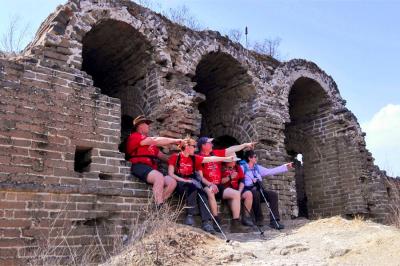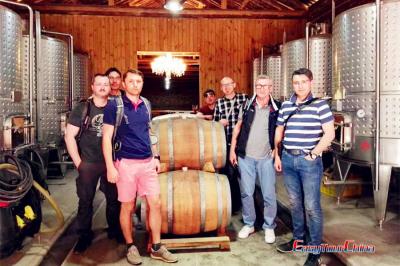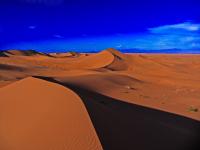Ningxia Hui Autonomous Region Museum
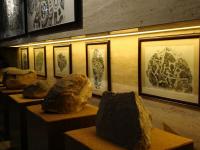 The Ningxia Hui Autonomous Region Museum is a comprehensive historical museum of provincial level in China. Occupying a total area of 8456 square meters, Ningxia Hui Autonomous Region Museum is located at the Chengtian Buddhist Temple in Yinchuan City.
The Ningxia Hui Autonomous Region Museum is a comprehensive historical museum of provincial level in China. Occupying a total area of 8456 square meters, Ningxia Hui Autonomous Region Museum is located at the Chengtian Buddhist Temple in Yinchuan City.Ningxia Hui Autonomous Region Museum is the Former Ningxia Museum of Geology Preparatory Office set up in September 1959, and it officially changed its name to the Ningxia Hui Autonomous Region Museum in 1973. The hall was built in traditional manner in 1988 on the foundations of a Qing dynasty building. The rest of the buildings are auxiliary halls also built around 1988. Behind these "front-court" buildings is a courtyard-style building that dates back to the Qing dynasty. In the year 2004, the project of the new museum building was classified as a celebration to the 50th anniversary of the establishment of autonomous region. The new museum was officially open for tourists in September 2008 with its dignified appearance.
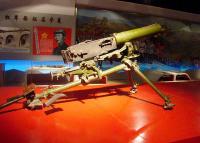
The Ningxia Hui Autonomous Region Museum has more than 10,000 collections and cultural relics. The exhibits in the museum are mainly divided into four districts. The Ningxia historical exhibition provides tangible evidence of a rich history of interaction between Ningxia people and those of the bordering regions and central plains. The Western Xia History Exhibition traces the historical development of the Xixia Kingdom using excavated Western Xia artifacts combined with historical documents. Among the items on display here are architectural materials excavated from the Western Xia tombs, plus Western Xia ceramics recovered from ancient kiln sites at Lingwu. These articles reflect the history, culture, arts, architecture, and political system of both the Western Xia and Dangxiang tribes. The Ningxia Hui Minority Peoples' Customs Exhibition displays the customs of the local Hui people. Exhibition of Stone Rubbings from the Helan Mountains contain a large number of ancient petroglyphs. Combined with color photographs of the designs, they show the early presence and activities of the northern-steppe nomadic people
